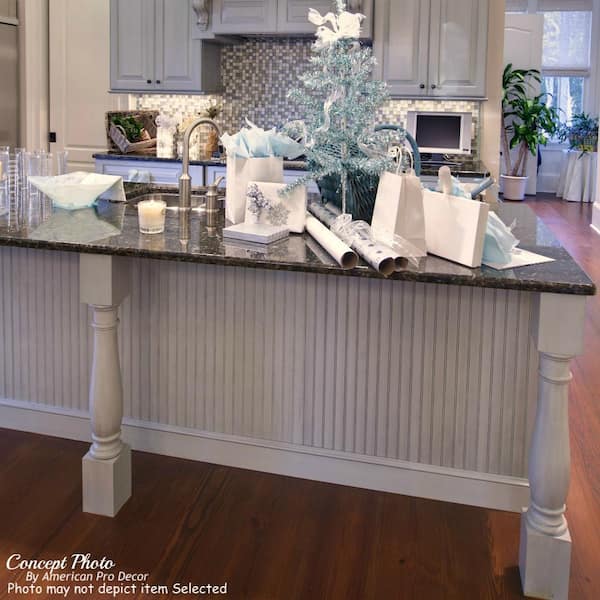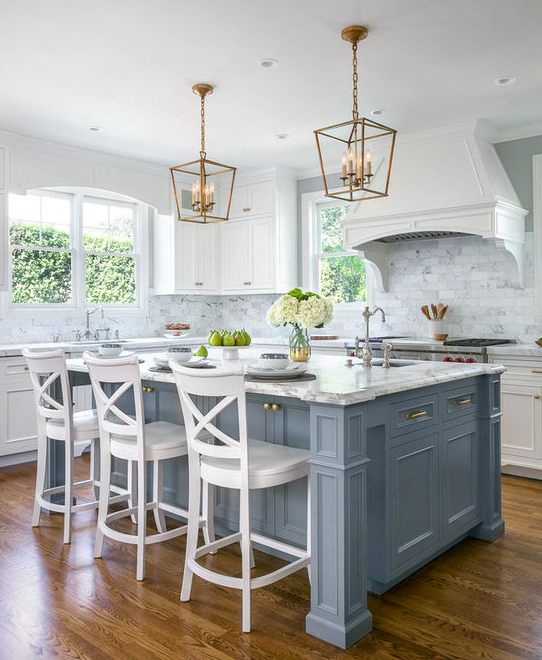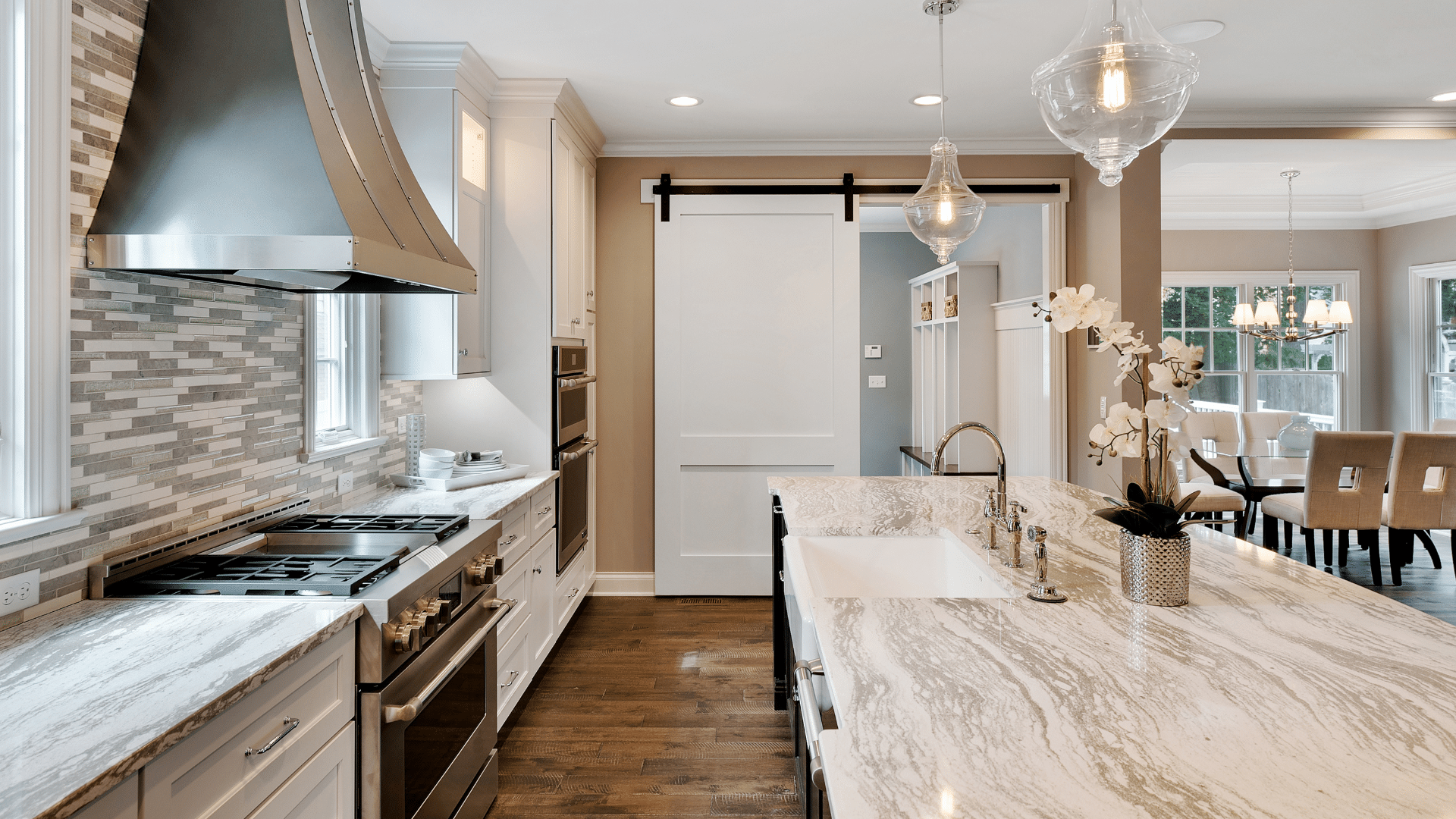Kitchen Island Legs: Boost Your Kitchen with Solid Support
Kitchen Island Legs: Boost Your Kitchen with Solid Support
Blog Article
Necessary Tips for Selecting the Perfect Table for Your Kitchen
Choosing the excellent dining table for your kitchen is more than simply a matter of preference; it necessitates a comprehensive understanding of your area and requirements. Begin by measuring your offered area to ensure ample clearance for motion. The shape of the table plays a crucial role; while rectangle-shaped tables suit bigger areas, round ones foster intimacy, and extendable options supply versatility. Product selection is equally essential, with woods supplying durability and glass lending a contemporary touch. Lastly, the table should balance with your kitchen's aesthetic appeals and fit your family comfortably. What other factors might influence this important decision?
Measure Your Area
Selecting the perfect eating table begins with a precise assessment of your readily available room. This fundamental action makes certain that the table not just fits comfortably within the area yet also matches the overall layout and functionality of your eating location.
Think about the flow of activity around the table. It is important to leave ample area for chairs to be taken out and for people to walk around the table without obstruction. A basic general rule is to permit at the very least 36 inches of clearance from the side of the table to the nearby wall surface or furniture. This ensures convenience of accessibility and convenience throughout meals.
In addition, think about the number of people you generally captivate and whether you require added space for visitors. Choosing for an extendable table can supply versatility, allowing you to accommodate varying numbers of restaurants. By accurately gauging your area, you lay the groundwork for picking a table that enhances both the looks and functionality of your dining location.
Choose the Right Forming

On the other hand, round tables are outstanding for smaller sized cooking areas or intimate celebrations, as they advertise conversation by allowing everybody to face each various other. They also offer a sense of comfort and can fit well in tighter areas because of their absence of sharp edges. Oblong tables offer the very best of both globes, integrating the length of rectangle-shaped tables with the intimacy of round ones, making them flexible for numerous setups.
Square tables are another option, especially fit for square-shaped areas. They produce a contemporary and in proportion look, cultivating an equal dining experience for all seated.
Product Considerations
When choosing an eating table, material factors to consider are critical in determining the table's resilience, maintenance demands, and total visual. Wood is a timeless option, offering timeless allure and robustness.
Glass-topped tables supply a modern-day, streamlined appearance and can make a space show up larger due to their openness. They need regular cleaning to stop finger prints and spots. Additionally, solidified glass is advised for its added strength and safety and security.

Lastly, composite products like MDF (Medium-Density Fiber check board) or plywood are budget-friendly options. These products can mimic the look of strong timber however may not use the same long life. They are generally much easier to clean yet can be prone to water damages if not correctly secured.
Ultimately, the selection of material should line up with your cooking area's style, your way of life needs, and your budget plan restraints. (kitchen island legs)
Seats Ability and Convenience
How do you figure out the right seating capability and convenience for your dining table? This essential step involves analyzing both the physical space available in your kitchen area and your household's useful requirements. Begin by go to the website gauging your kitchen area to ensure the table fits comfortably, permitting at the very least 36 inches of clearance around it for very easy movement. Think about the number of individuals that generally eat with each other, as this will affect the table dimension. For a family of four, a rectangle-shaped table of 48 inches long or a round table with a 48-inch size is typically enough.
Convenience is just as vital. The elevation of the table must preferably be around 30 inches, providing a balanced ergonomic position for seated restaurants. Chairs should have a seat elevation of 18 to 20 inches to ensure a comfortable dining stance. Additionally, consider the chair design; upholstered seats and helpful back-rests can enhance dining comfort significantly, especially during long term meals.
Style and Visual Appeal
Picking a table that suits your style and appearance involves balancing individual preference with the existing decoration of your eating space. The eating table is typically the centerpiece of the kitchen, and its design must complement the total theme of the room. Whether your kitchen flaunts a contemporary, minimal appearance or a rustic, farmhouse appeal, the table you select ought to integrate with these aspects to produce a cohesive and welcoming environment.
Take into consideration materials thoroughly; wood supplies a timeless charm and can vary from abundant mahogany for a standard aim to lighter oak for a modern feeling. Steel and glass tables, on the get redirected here various other hand, can introduce a streamlined, commercial edge to your cooking area. Don't overlook the table's shape-- rectangle-shaped tables are traditional and functional, while round and oblong options can promote a more intimate eating experience.
Additionally, pay close attention to coatings and details. A distressed coating may add personality and heat, whereas a glossy surface area can add to a clean, contemporary aesthetic. Ultimately, your eating table should not only fit perfectly into your cooking area's style but also mirror your individual style, boosting the room both functionally and aesthetically.
Verdict
In final thought, picking the optimal eating table for a kitchen demands mindful evaluation of room, form, product, seating ability, and aesthetic consistency. Inevitably, a well-chosen dining table promotes a welcoming ambience and suits the home comfortably, hence improving the eating experience.

When selecting a dining table, material factors to consider are vital in determining the table's sturdiness, upkeep demands, and overall visual. For a family members of four, a rectangular table of 48 inches long or a round table with a 48-inch size is generally sufficient.
Do not forget the table's shape-- rectangle-shaped tables are functional and classic, while round and oblong alternatives can foster a much more intimate eating experience. kitchen island legs.
Report this page